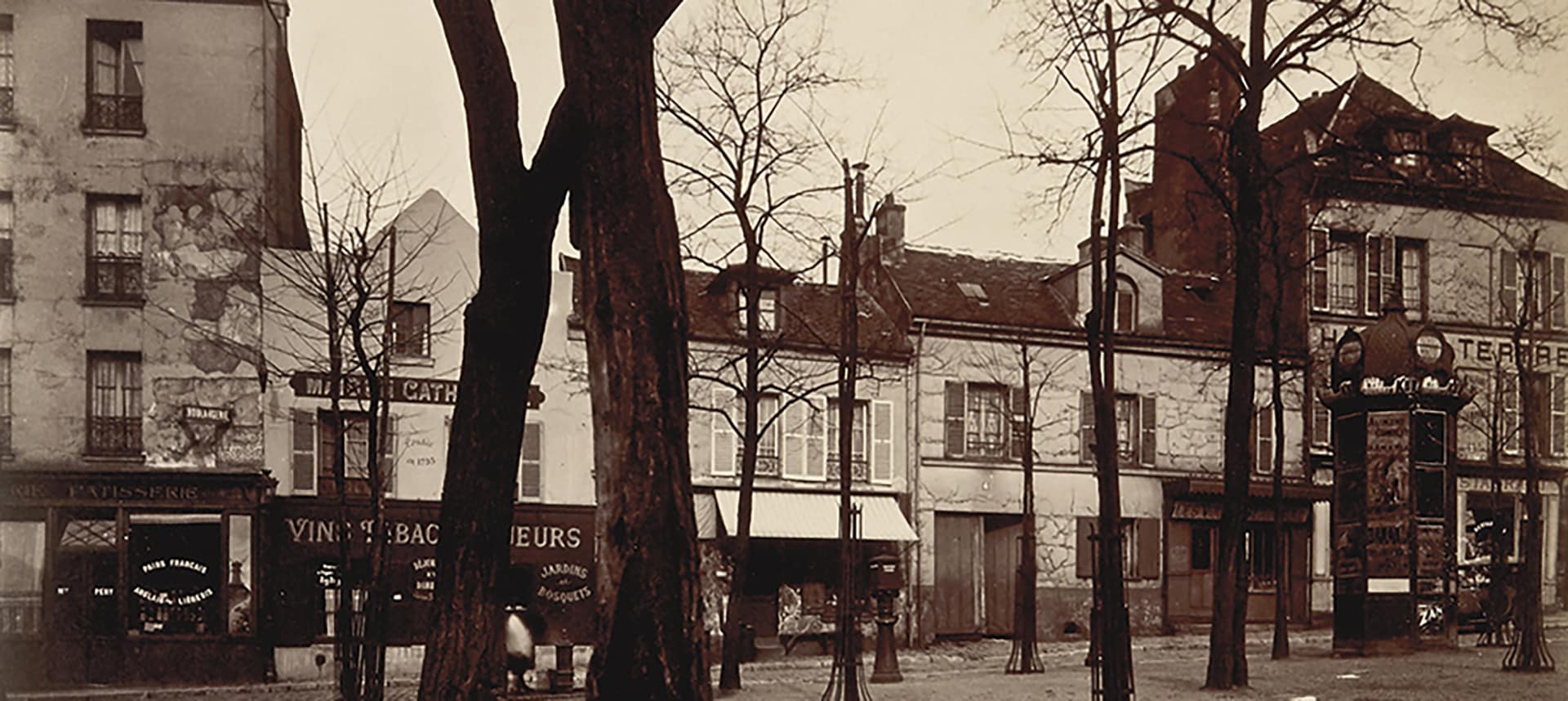The name Eugène Atget is synonymous with the Paris of yesteryear, the world of small trades and picturesque streets. The photographer’s oeuvre now is the core of a collaborative project that includes a book published by Atelier EXB, entitled Voir Paris and an exhibition at the Fondation Henri Cartier-Bresson in Paris.

You’re getting blind.
Don’t miss the best of visual arts. Subscribe for $9 per month or $108 $90 per year.
Already suscribed ?


